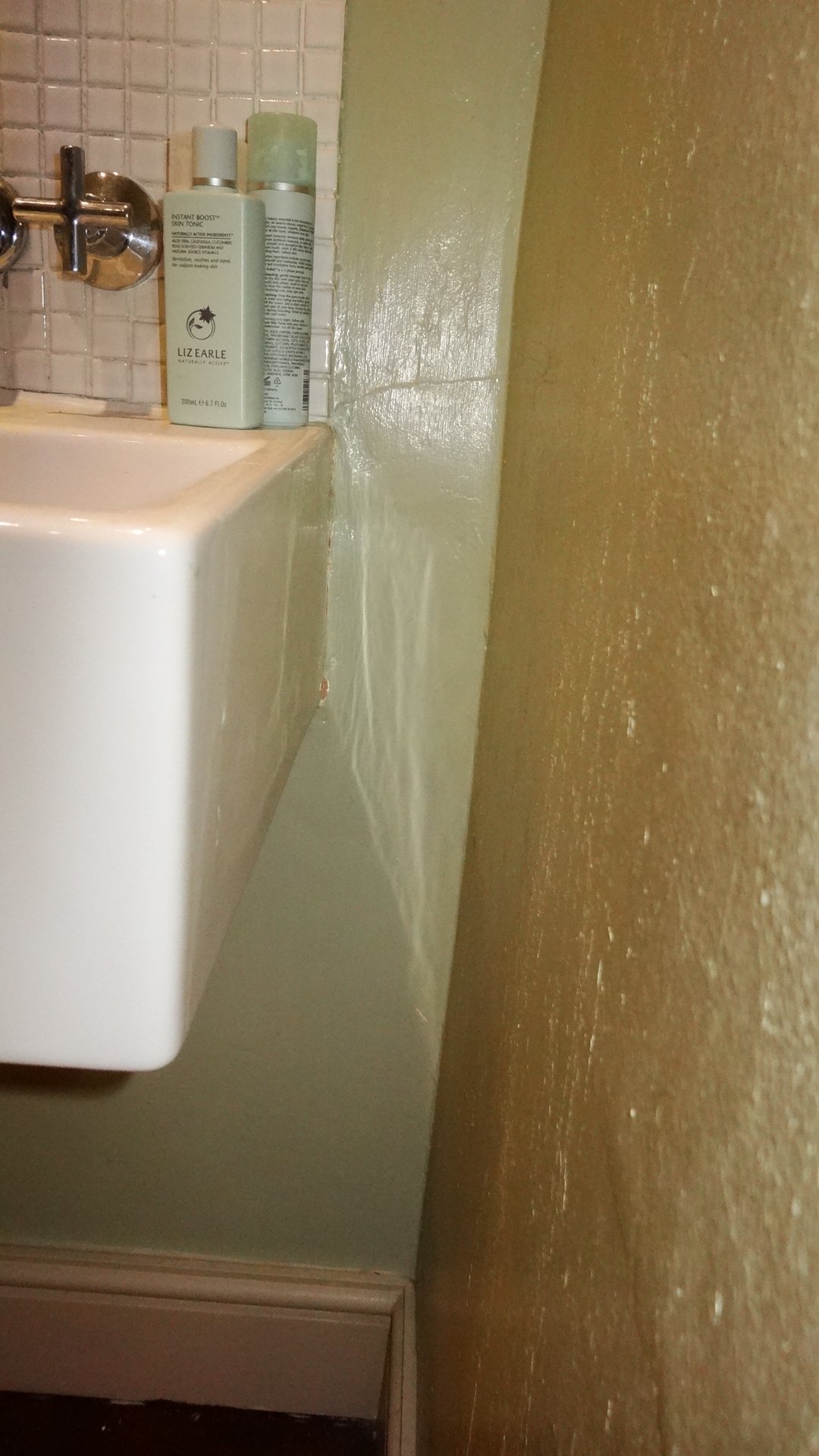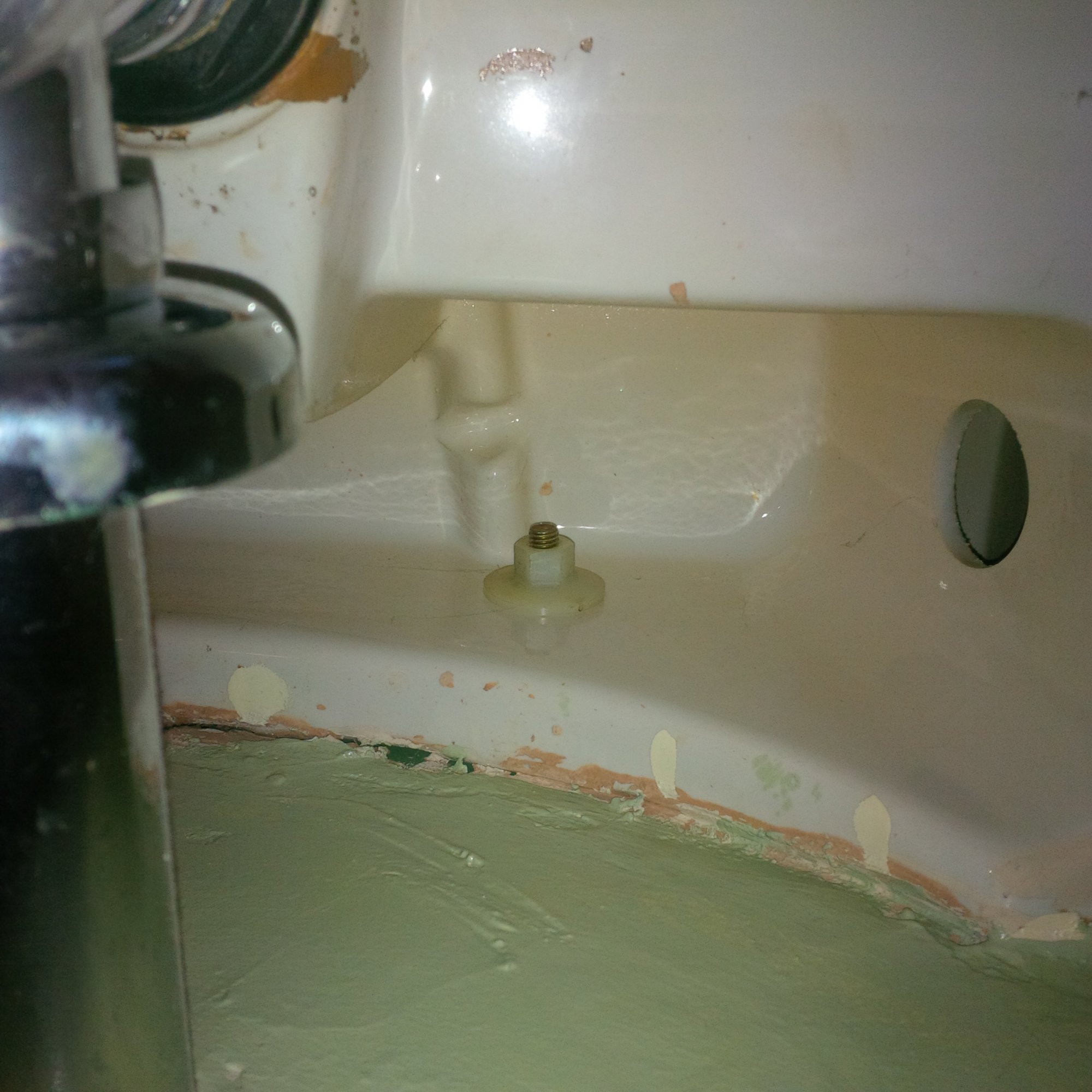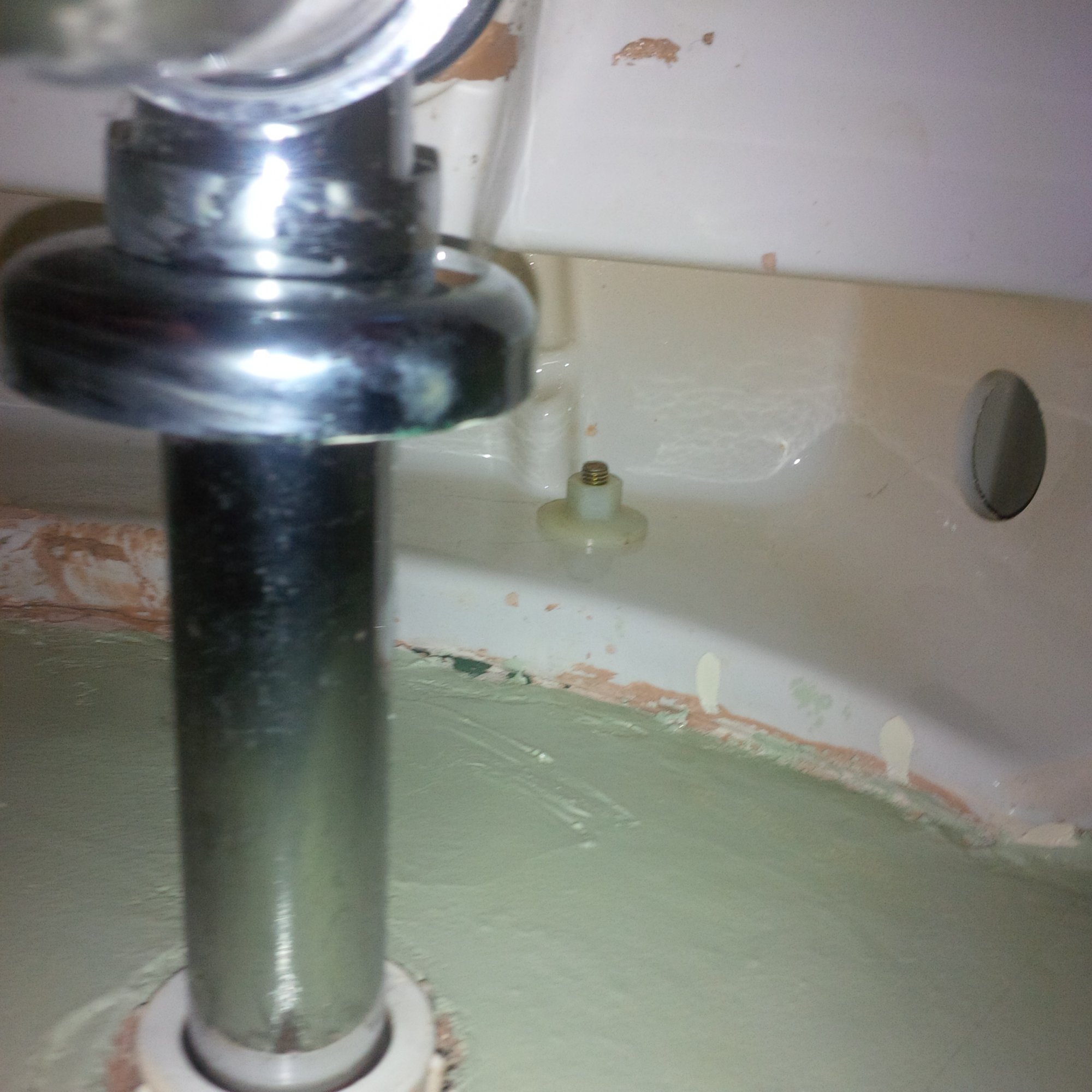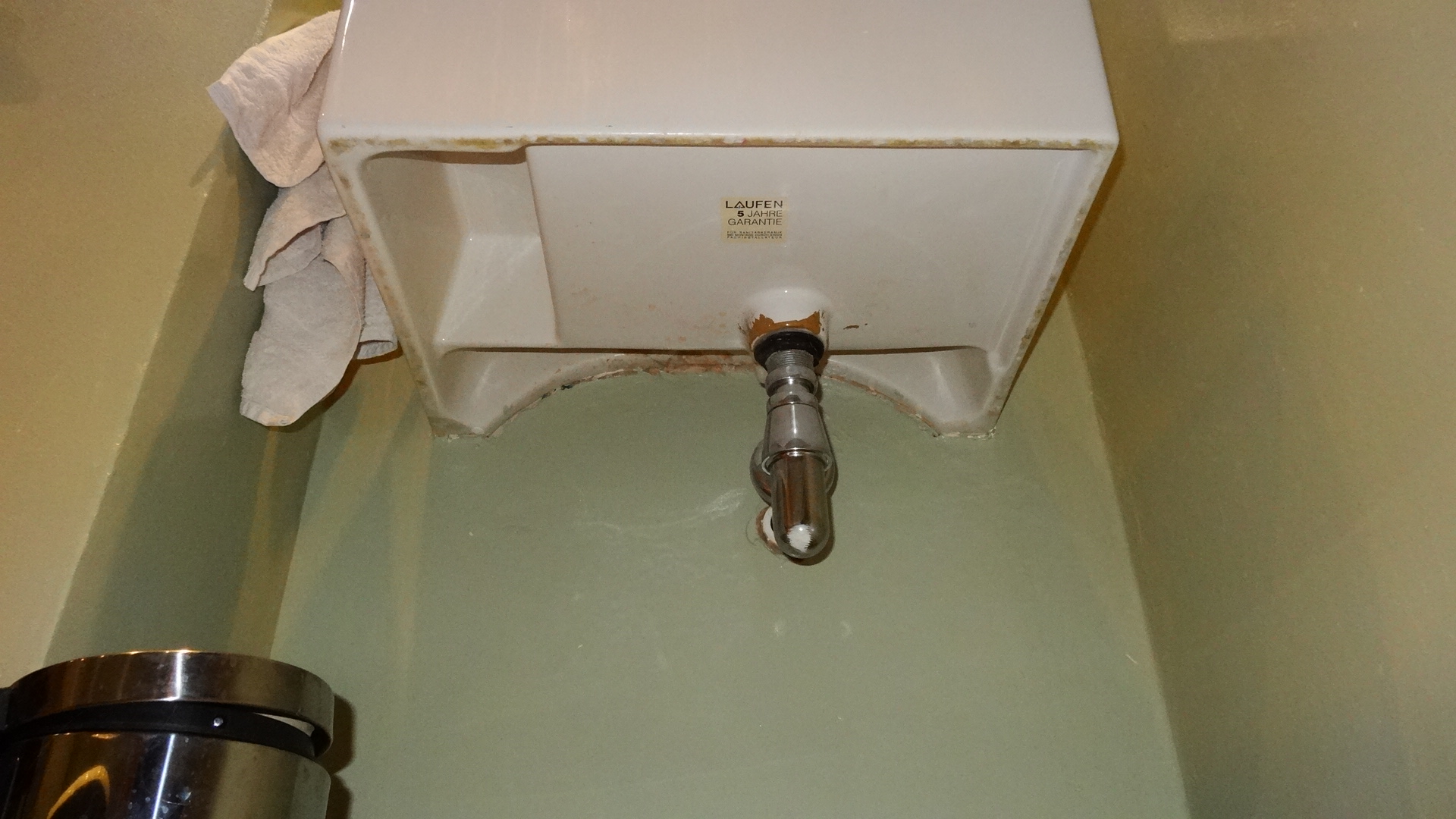- Joined
- 10 Dec 2016
- Messages
- 8
- Reaction score
- 0
- Country

Hi there, I was wondering if someone on the forum could help me:
Our Wall-Hanging Basin in the bathroom needs support since it is gradually coming away from the wall causing it not to drain quickly enough to avoid scum build up.
I have been doing quite a lot of research to try to find a solution, originally in terms of fitting a bracket, but I have still not found a solution.
The basin is made by Laufen and I have been advised that this model is not designed to normally work with a bracket.
The basin measures approximately, 590mm wide, 430mm out from the wall and 670mm off the ground. I have uploaded photos to illustrate the issue.
I understand that the pictures show the basin uses basin bolts with small nylon nuts holding the basin to the wall.
I have been advised to re-hang the basin using longer fisher/fischer bolt fixings or M10 basin bolts but I am unclear if:
a) the problem is the existing bolts giving way or if the problem is the strength of the wall itself (when I tap it, it sounds like a stud wall - hollow sounding but solid in some places); and
b) if new bolt fixings would need to go on to a secure fixing in a stud wall like a concealed frame or hanger system
I would prefer not to have invasive work carried out but also prefer not to have to sit the basin on a piece of furniture or have legs fitted.
Because of this, I thought a suitable bracket might offer a solution and the following product was the best I have come across: http://www.twyfordbathrooms.com/products/professional-products/accessories/bracket-400mm-pair/2777/
If anyone knows of any products such as a bracket that might do the job, any other ideas for a solution; or any recommendations for a bathroom/plumbing specialist who might have a solution, I would very much appreciate that information.
View media item 98867
Our Wall-Hanging Basin in the bathroom needs support since it is gradually coming away from the wall causing it not to drain quickly enough to avoid scum build up.
I have been doing quite a lot of research to try to find a solution, originally in terms of fitting a bracket, but I have still not found a solution.
The basin is made by Laufen and I have been advised that this model is not designed to normally work with a bracket.
The basin measures approximately, 590mm wide, 430mm out from the wall and 670mm off the ground. I have uploaded photos to illustrate the issue.
I understand that the pictures show the basin uses basin bolts with small nylon nuts holding the basin to the wall.
I have been advised to re-hang the basin using longer fisher/fischer bolt fixings or M10 basin bolts but I am unclear if:
a) the problem is the existing bolts giving way or if the problem is the strength of the wall itself (when I tap it, it sounds like a stud wall - hollow sounding but solid in some places); and
b) if new bolt fixings would need to go on to a secure fixing in a stud wall like a concealed frame or hanger system
I would prefer not to have invasive work carried out but also prefer not to have to sit the basin on a piece of furniture or have legs fitted.
Because of this, I thought a suitable bracket might offer a solution and the following product was the best I have come across: http://www.twyfordbathrooms.com/products/professional-products/accessories/bracket-400mm-pair/2777/
If anyone knows of any products such as a bracket that might do the job, any other ideas for a solution; or any recommendations for a bathroom/plumbing specialist who might have a solution, I would very much appreciate that information.
View media item 98867
Last edited:










